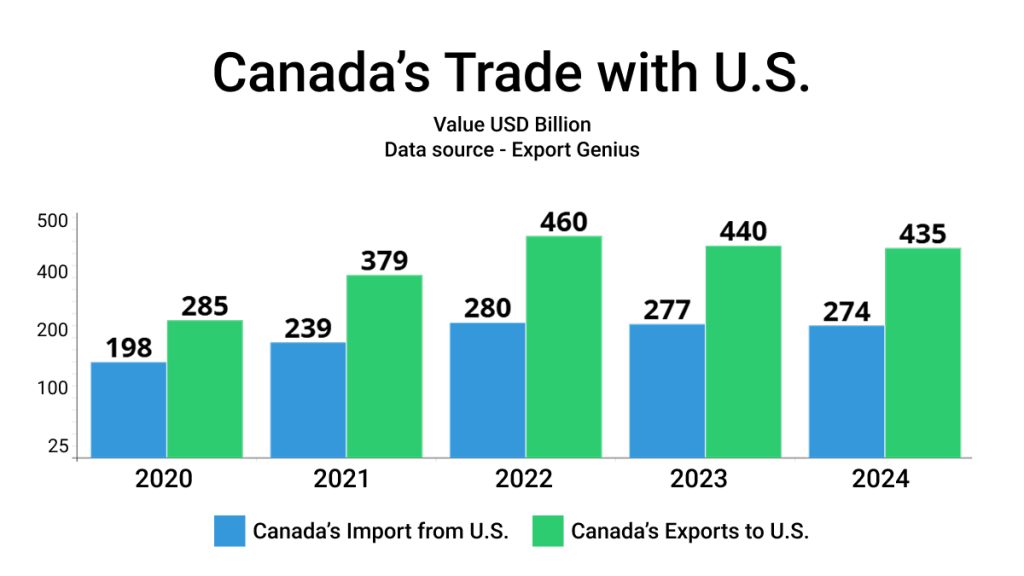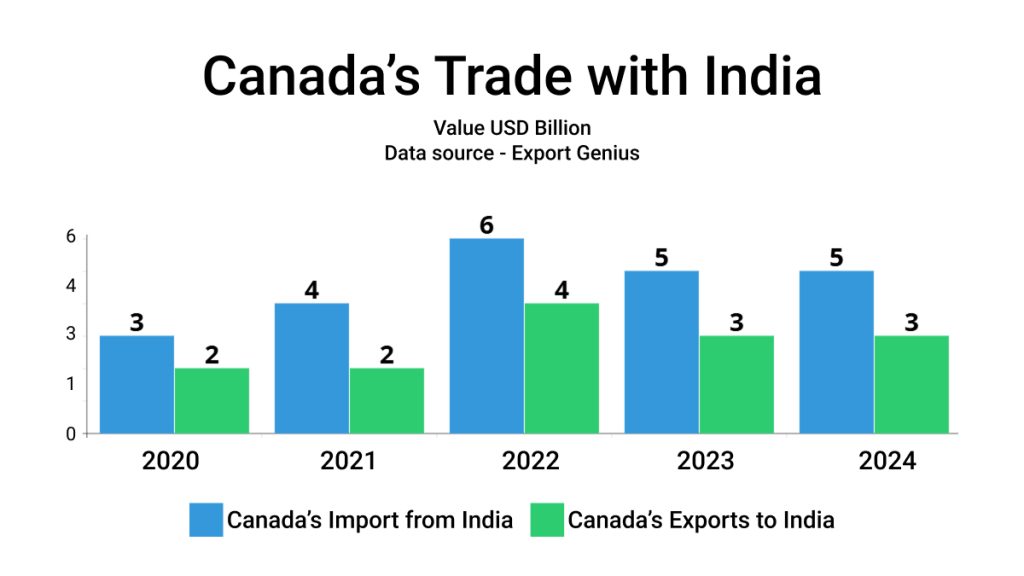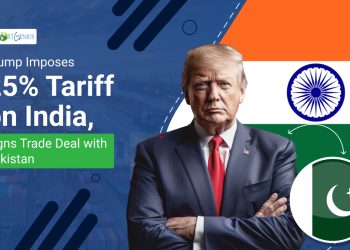With Mark Carney taking the helm as Canada’s new Prime Minister, the country appears poised to reset its global trade priorities, starting with Asia. Carney, a former central banker with deep international experience, has clearly intended to move beyond Canada’s long-standing reliance on the U.S. market and strengthen economic partnerships across Asia. From revitalizing the long-stalled Canada-India trade pact to expanding ties with Japan, South Korea, and ASEAN nations, Carney’s mandate represents not just a political shift but a reorientation of Canada’s economic future. This Export Genius article explores how his leadership could reshape Canada’s engagement with the world’s fastest-growing region.
Mark Carney’s election as Prime Minister of Canada, along with the Liberal Party’s renewed mandate, signals a significant strategic pivot in Canada’s approach to its trade relationships with Asian countries. Here are the key implications:
1. Diversification Away from U.S. Dependency
Carney has clearly articulated the need to reduce Canada’s heavy reliance on the U.S. market (which currently accounts for over 75% of Canadian exports). His administration is expected to prioritize building deeper economic ties with Asian nations as part of a broader diversification strategy.

| Year | Canada’s Import from U.S. | Canada’s Exports to U.S. |
| 2020 | 198 | 285 |
| 2021 | 239 | 379 |
| 2022 | 280 | 460 |
| 2023 | 277 | 440 |
| 2024 | 274 | 435 |
*****Value USD Billion
2. Re-engagement with India
Carney has publicly committed to “rebuilding” Canada-India relations, which were strained under Trudeau due to diplomatic tensions, including the Nijjar controversy. He supports reviving the stalled Canada-India Comprehensive Economic Partnership Agreement (CEPA), aiming to boost trade in sectors like:
- Clean energy
- Education
- Technology
- Agriculture
Carney’s experience at Brookfield Asset Management—active in Indian infrastructure—gives him credibility and insight into the Indian market.

| Year | Canada’s Import from India | Canada’s Exports to India |
| 2020 | 3 | 2 |
| 2021 | 4 | 2 |
| 2022 | 6 | 4 |
| 2023 | 5 | 3 |
| 2024 | 5 | 3 |
*****Value USD Billion
3. Expanding Relations with East Asia
Beyond India, Carney’s administration is expected to strengthen trade with other major Asian economies:
- Japan: Through the CPTPP, Canada is already integrated, but further sectoral cooperation is likely.
- South Korea: Opportunities exist to expand existing agreements, especially in AI, clean tech, and battery production.
- ASEAN countries: Carney may pursue new trade or investment frameworks, particularly as ASEAN grows in geopolitical and economic importance.
4. Strategic Use of Multilateral Platforms
Carney is a proponent of multilateralism and may look to use regional frameworks like the Comprehensive and Progressive Agreement for Trans-Pacific Partnership (CPTPP) to boost ties with Asia-Pacific countries, counterbalancing China’s influence and U.S. trade unpredictability.
5. Climate and Sustainable Trade Focus
Carney is known for championing climate finance and green economic policies. His government may promote trade agreements with an emphasis on sustainability, ESG (environmental, social, governance) standards, and climate-resilient infrastructure, aligning well with countries like Japan and South Korea.
The Bottom Line
Mark Carney’s leadership marks a recalibration of Canadian trade policy toward a balanced, Asia-inclusive strategy. The expected result is a broader network of trade relationships across Asia, less politically entangled than under Trudeau, rooted in economic pragmatism and global competitiveness.
Would you like a country-by-country breakdown of how this might play out for key Asian economies like China, Japan, or Vietnam? Stay tuned with Export Genius for all import-export updates.






















